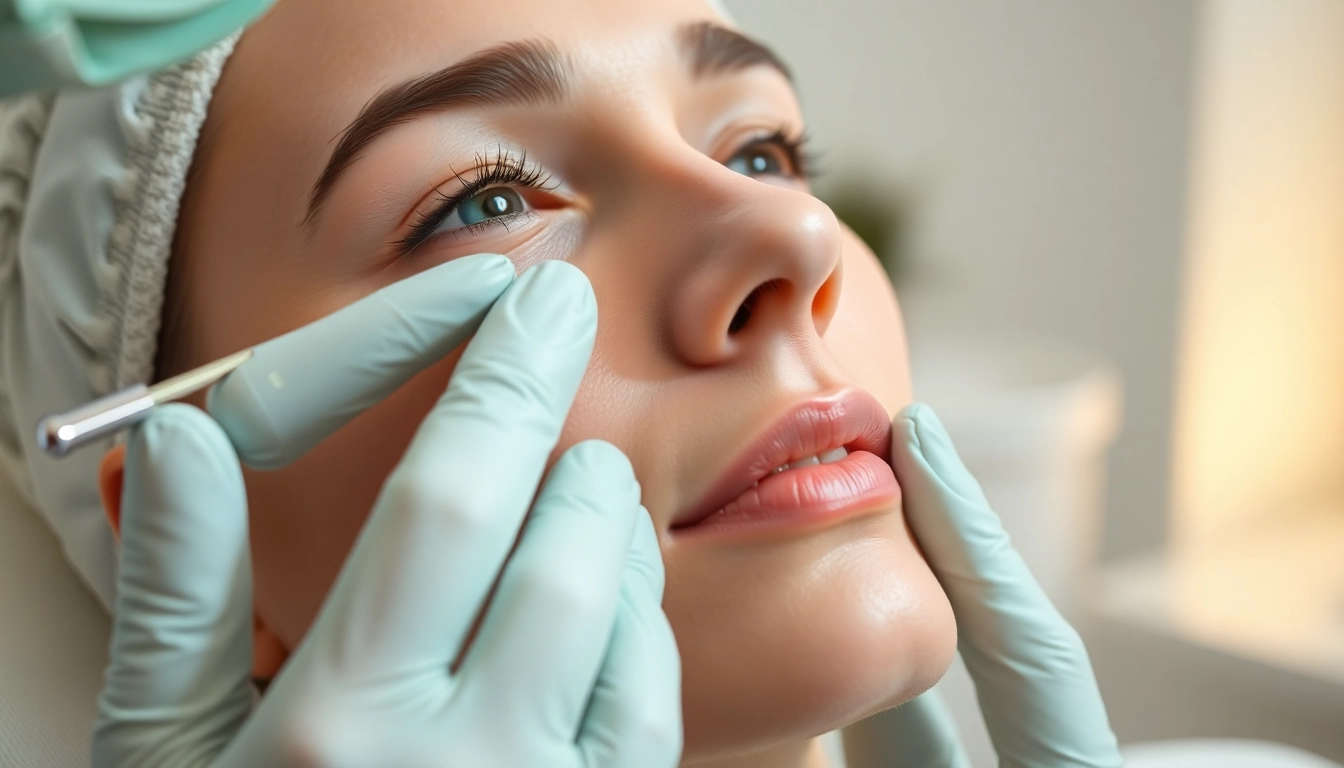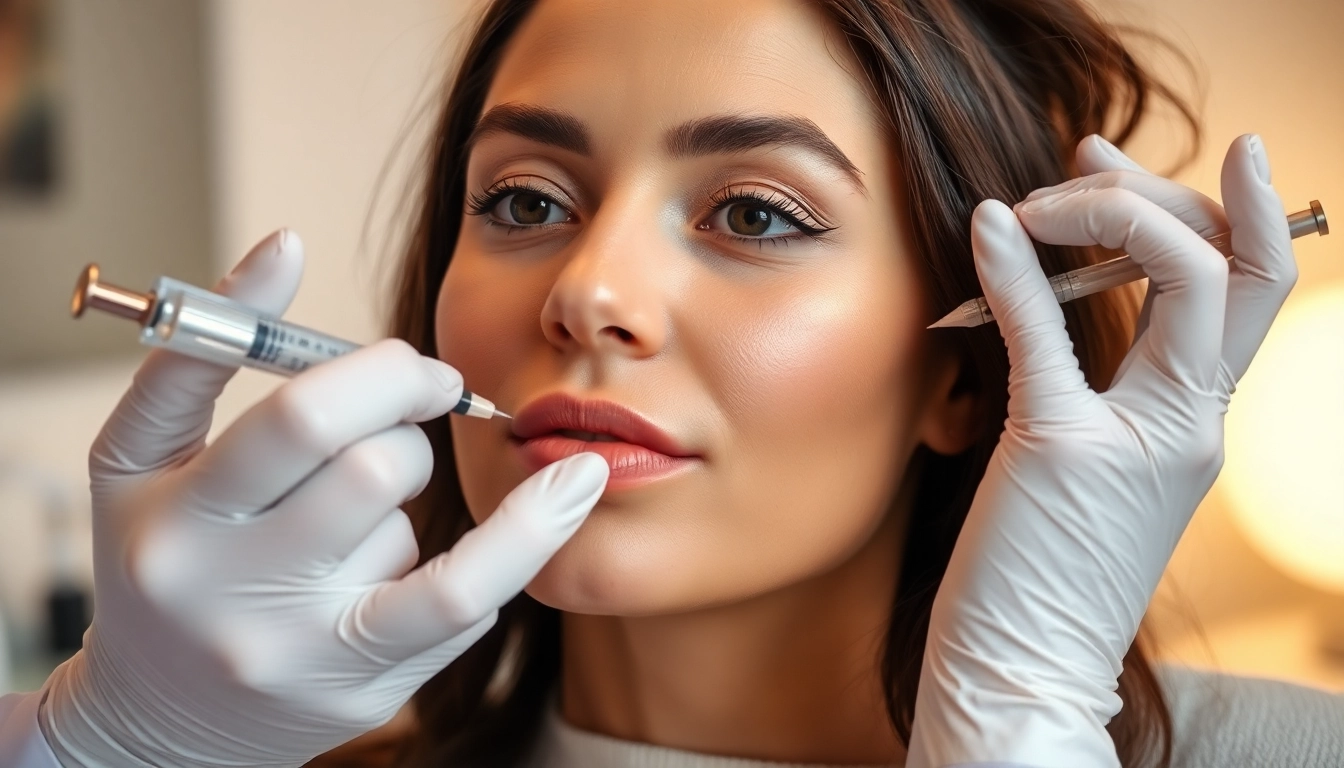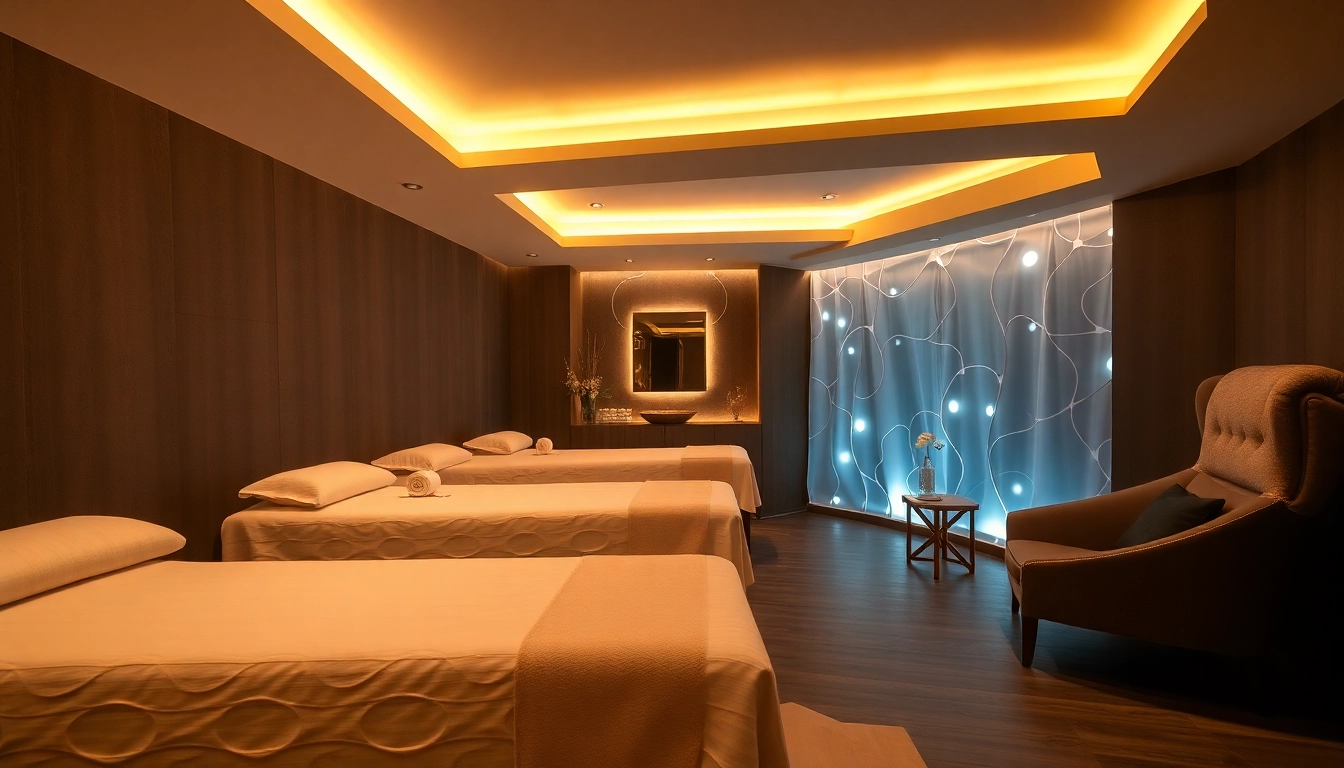What is Botox Behandlung?
Understanding Botox and its Origins
Botox Behandlung refers to a cosmetic treatment that uses botulinum toxin type A to temporarily reduce the appearance of facial wrinkles and fine lines. The botulinum toxin is a potent neurotoxin derived from the bacterium Clostridium botulinum, which, when injected in small, controlled doses, blocks nerve signals to the muscles, causing temporary muscle paralysis. This treatment has gained significant popularity since it was first approved for cosmetic use by the U.S. Food and Drug Administration (FDA) in 2002.
The origin of Botox can be traced back to the early 19th century when it was first identified as a toxin causing botulism, a type of food poisoning. Over the decades, researchers discovered its potential therapeutic applications, leading to its use in treating various medical conditions, including muscle spasms and excessive sweating, alongside its cosmetic applications. For more in-depth insights about this treatment, consider visiting Botox Behandlung.
The Science Behind Botox Treatment
Botox works by inhibiting the release of acetylcholine, a neurotransmitter responsible for signaling muscle contractions. When injected into specific muscles, the toxin prevents those muscles from contracting, allowing the overlying skin to smooth out and reducing the appearance of wrinkles. The effects typically last between three to six months, after which the muscles gradually regain their function, and the wrinkles can reappear.
This process not only enhances the aesthetic appearance of the skin but also serves a variety of medical purposes, emphasizing the versatility of botulinum toxin. Understanding the science behind Botox helps both practitioners and patients appreciate the careful balance between effective treatment and safety considerations.
Common Uses of Botox Behandlung
Botox is widely recognized for its cosmetic applications, particularly in treating dynamic wrinkles — those formed by repetitive muscle movement, such as:
- Forehead lines (horizontal lines that appear when raising eyebrows)
- Glabellar lines (frown lines between the eyebrows)
- Crow’s feet (fine lines around the eyes)
However, its therapeutic benefits extend beyond aesthetics. Botox can also treat medical conditions such as:
- Chronic migraines: Reduces the frequency and intensity of migraine attacks.
- Hyperhidrosis: Alleviates excessive sweating by blocking the nerve signals responsible for sweat production.
- Jaw clenching and TMJ disorders: Relaxes the jaw muscles and reduces associated pain.
- Neck spasms: Helps people with cervical dystonia manage muscle stiffness and discomfort.
Benefits of Botox Behandlung
Cosmetic Advantages
Many individuals seek Botox treatment primarily for its cosmetic benefits. The most notable advantage is the reduction of facial wrinkles that occurs shortly after treatment. Patients often report looking more youthful and refreshed, which can significantly enhance self-esteem and body image. The quick and non-invasive nature of Botox treatment also means minimal downtime, allowing individuals to resume their daily activities almost immediately.
Moreover, Botox is customizable; practitioners can tailor the injections according to the patient’s facial anatomy and aesthetic goals, ensuring natural-looking results. The key is achieving a balance between reducing wrinkles and preserving facial expressiveness.
Medical Applications
Besides its cosmetic uses, Botox boasts a range of effective medical applications. Chronic migraine sufferers often find substantial relief from their symptoms through Botox injections, which can reduce headache days and improve overall quality of life. In patients with hyperhidrosis, Botox offers an effective solution for excessive sweating that can be both embarrassing and uncomfortable.
Furthermore, its use in conditions like blepharospasm (involuntary blinking) and cervical dystonia reaffirms the vast therapeutic potential of Botox beyond aesthetics. Physicians world-wide have harnessed the power of this neurotoxin to improve patient outcomes across various medical fields.
Immediate and Long-term Results
Patients typically notice the effects of Botox treatment within 24 to 72 hours post-injection. The full results become evident within two weeks and can last anywhere from three to six months, depending on various factors like the area treated, dosage, and individual metabolism. Many patients appreciate the gradual improvement, allowing them to adapt to their enhanced appearance.
Long-term benefits include the potential for reduced muscle activity in treated areas, which may lead to fewer wrinkles forming over time, particularly with regular maintenance treatments. By starting Botox at an earlier age, some patients may even delay the onset of deeper lines and wrinkles, promoting enduring skin health.
What to Expect During the Botox Behandlung
Initial Consultation Process
Before undergoing Botox treatment, patients will typically attend an initial consultation with a qualified practitioner. During this appointment, the healthcare provider will evaluate the patient’s medical history, discuss treatment goals, and conduct a facial analysis. This is also the perfect time for patients to express any concerns and ask questions about the procedure, including safety, potential side effects, and expected results.
Practical considerations, such as the number of units needed and the areas to be treated, will also be outlined. This transparent dialogue helps build trust between the patient and practitioner while ensuring a tailored approach to the treatment.
The Injection Procedure
The actual Botox injection procedure is relatively quick, often lasting between 10 to 30 minutes. Although no anesthesia is generally required, some practitioners may apply a topical numbing cream to enhance comfort. The injections involve using a fine needle to administer the botulinum toxin into specific muscles, based on the agreed-upon treatment plan.
Patients may experience mild discomfort during the injections, often described as a brief sting or prick. Because the procedure is minimally invasive, there’s typically very little downtime, with most individuals returning to their regular activities immediately after the treatment.
Post-Treatment Care and Expectations
After their Botox treatment, patients are usually advised to follow specific guidelines to optimize results and reduce potential side effects. These may include:
- Avoiding touching or massaging the treated area for at least 24 hours.
- Refraining from strenuous exercise or activities that may cause excessive sweating for a day.
- Remaining in an upright position for several hours to minimize the risk of the toxin migrating to unintended areas.
- Expecting mild swelling or bruising at the injection sites, which typically resolves within a few days.
Understanding these aftercare tips is crucial for achieving optimal aesthetic outcomes and minimizing risks.
Side Effects and Safety of Botox Behandlung
Common Reactions
Like any medical procedure, Botox treatment comes with potential side effects. Most commonly, patients may experience mild reactions such as:
- Temporary bruising or swelling at the injection site
- Headaches immediately following the injections
- Temporary eyelid droop (ptosis) if the toxin spreads to nearby muscles
These reactions are usually transient, with most patients resuming normal activities shortly after treatment. However, it is crucial to report any unexpected or severe reactions to your healthcare provider immediately.
Serious Risks and When to Seek Help
Though rare, serious side effects can occur, particularly if the treatment is performed by unqualified practitioners. Serious risks include:
- Allergic reactions, which may manifest as rash, itching, or difficulty breathing
- Visual disturbances or changes in eyesight
- Difficulty swallowing or speaking, an indication that the toxin may have spread beyond the injection site
Patients are always encouraged to seek medical attention immediately if they notice any of these adverse effects, highlighting the importance of choosing a qualified, experienced injector for Botox treatments.
Who Should Avoid Botox?
While Botox is generally safe for many individuals, there are specific populations who should avoid it or consult their doctor before proceeding. These include:
- Individuals who are pregnant or breastfeeding
- Those with a neurological disorder, such as myasthenia gravis
- Anyone with allergies to ingredients in Botox or who has had previous allergic reactions
- People on blood thinners or those with bleeding disorders
Discussing your health history with a qualified practitioner ensures that Botox treatment aligns with individual health needs and avoids unnecessary risks.
Costs Associated with Botox Behandlung
Factors Affecting Pricing
The cost of Botox treatment varies widely based on several factors, including geography, provider experience, facility quality, and the number of units required. Most practitioners charge per unit of Botox, with prices generally ranging from $10 to $20 per unit.
Additionally, the areas to be treated will impact the total cost, as some facial regions may require more units than others. It’s important for patients to discuss the pricing structure during their initial consultation to establish clear expectations.
Comparing Costs Across Providers
Before committing to Botox treatment, patients should consider obtaining quotes from multiple providers. This comparative approach allows individuals to gauge fair pricing while ensuring the selected practitioner has a solid reputation and credentials. However, it’s vital to remember that lower cost does not always equate to better value; the experience and skill of the injector play a crucial role in the quality and safety of the results.
Insurance and Financing Options
Most insurance companies do not cover Botox for cosmetic applications, as it is regarded as an elective procedure. However, if Botox is used for medical conditions such as chronic migraines or hyperhidrosis, some aspect of the costs may be covered by insurance, provided that patients have prior authorization.
Additionally, many clinics now offer financing options to help patients manage the costs of their treatments. These may include payment plans or third-party financing through healthcare-specific credit cards. Patients are encouraged to ask about these options during their consultation to gain flexibility in payment.



